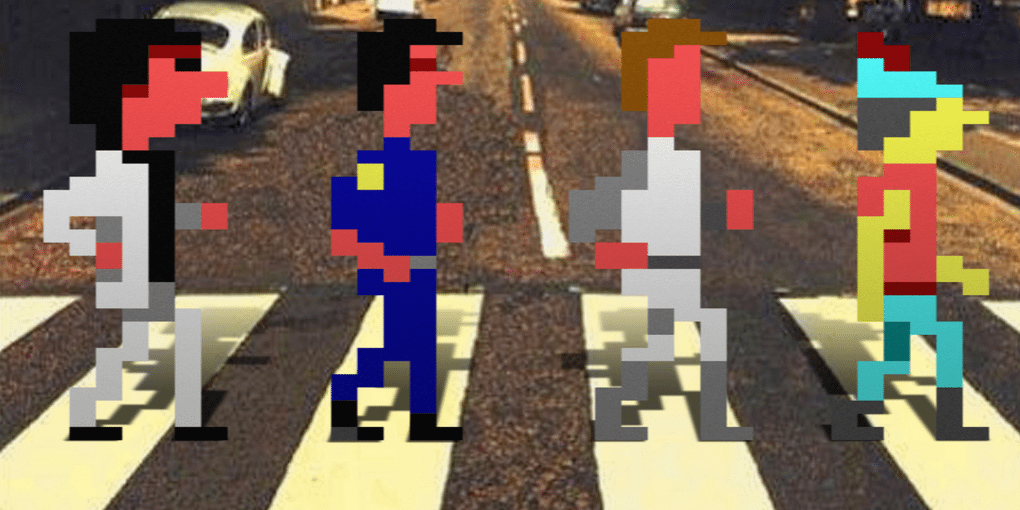
Recently, at the Christmas party at work, talk turned to our first computers, and from there to the computer games we played back then. “Ah,” says one, “Defender of the Crown on my Amiga, that was something.” “Monkey Island,” says another. “Those Infocom games,” says I. As we continue reminiscing, I realize that none of my colleagues is aware of The Digital Antiquarian, who during the past years has thoroughly researched these and many more computer game classics.
The Digital Antiquarian is Jimmy Maher, a Texan living in Odense (Denmark)–or rather, The Digital Antiquarian is the title of Jimmy’s blog, in which he sets out to provide a historical chronicle of computer entertainment. The blog got started five years ago, and by now Jimmy has worked his way through to Dungeon Master, which was published in late 1987. Slow going, you might say, but as Jimmy himself writes: “This project could take years, but that’s fine; I’m enjoying it immensely, and happy to take my time poking at digital artifacts that are in many cases virtually forgotten.”
And, boy, does it show that Jimmy really takes his time when doing his research. Each article Jimmy publishes is an absolute joy to read and provides you with a thorough understanding of the genesis of each game, the people behind it, as well as the game mechanics: why the game works (or, in some instances, does not work), what was special about the game at that particular point of time, etc.: Choplifter, Pinball Construction Set, Archon, The Hobbit, Ultima II (and III and IV) , M.U.L.E, Elite, The Bard’s Tale, The Hitchhiker’s Guide to the Galaxy, Pirates!, Defender of the Crown, to name but a few.
Read chronologically, Jimmy’s articles bring to life those golden ’80s, in which computer game publishers were repeatedly founded almost by accident, based on the success of one or two hobbyists with a new idea and some programming skills, who had managed to write and market a new bestseller: Sierra On-Line by Ken and Roberta Williams, Brøderbund by Doug and Gary Carlston, Origin Systems by Robert and Richard “Lord British” Garriot, or MicroProse by Sid Meier and Bill Stealey.
There is more–lot’s more–as The Digital Antiquarian’s table of contents shows: musings on game design (“The 14 Deadly Sins of Graphic-Adventure Design“), how H.P. Lovecraft’s Cthulhu myth was picked up first for pen-and-paper roleplaying, then for text adventures, et cetera, et cetera. If you have just the tiniest bit of interest into the history of computer gaming, The Digital Antiquarian is required reading… and seldom was required reading so much fun!


Wow, excellent piece! I really enjoy game history, and was not familiar with that particular blog. Heading off now to check it out.
Larry, Sonny, Roger and Graham!